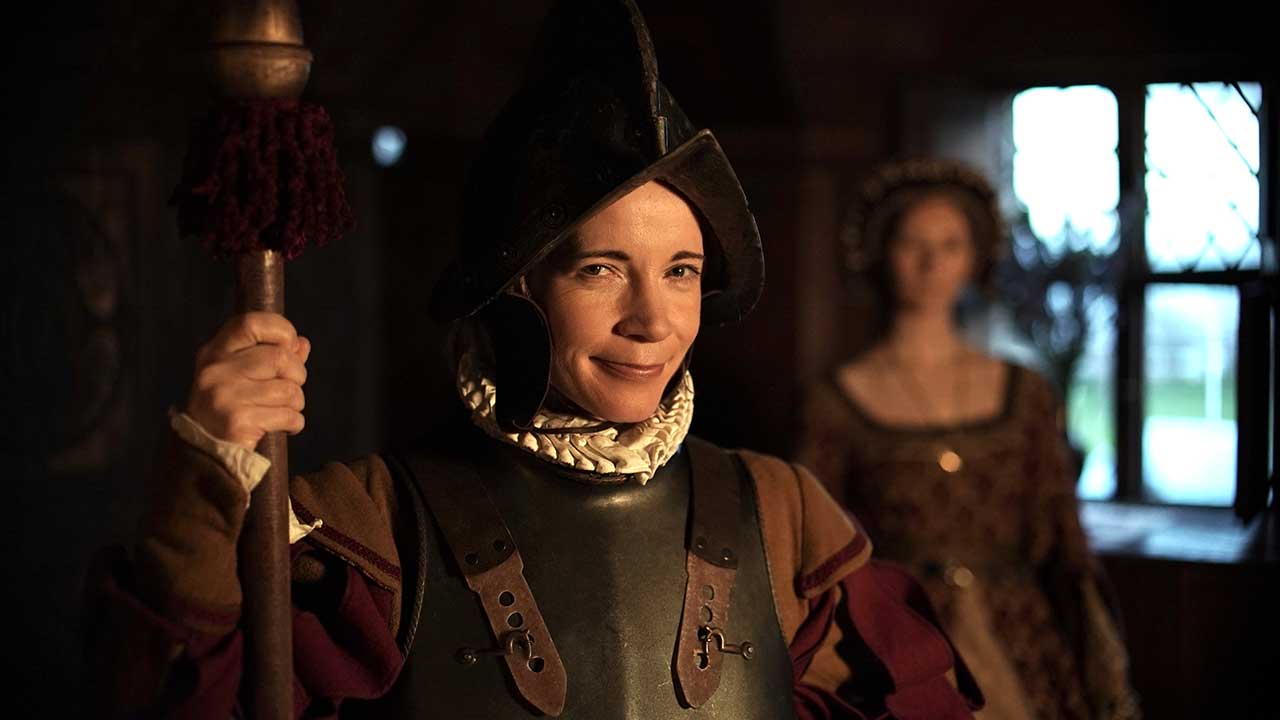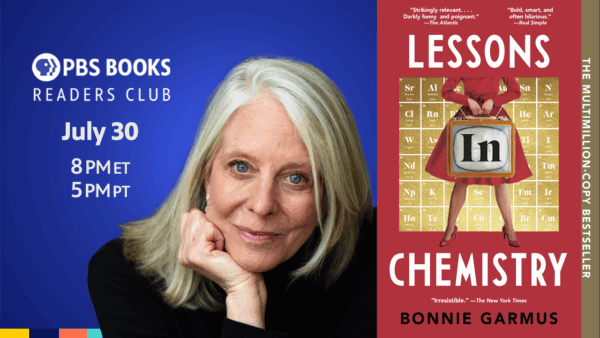Sundays at 7 p.m., beginning Aug. 29
Mondays at 1:30 p.m. and 9 p.m.
Join royal historian Lucy Worsley on a journey to sort out fact from fiction about tumultuous times when radicalism and rebellion threatened Europe’s monarchies. From political earthquakes to a “mad” king, from the Tower of London to the streets of Moscow.
Lucy examines three pivotal historic periods, uncovering the artworks and artifacts that monarchs used to enhance their power and prestige, and the attempts, often successful, to bring them down.
“The Reformation” (Sunday, August 29)
Lucy Worsley investigates the inside story of the English Reformation. Was Henry VIII’s desire to divorce Catherine of Aragon and marry Anne Boleyn the real reason for England’s split from Catholic Europe? Or was a secret political agenda at work? Lucy discovers that Anne Boleyn was not the scheming seductress portrayed in films and TV, but a well-educated young woman who introduced Henry to revolutionary new ideas about monarchy and a king’s relationship with God.
Lucy acquaints viewers with the King’s ruthless chancellor, Thomas Cromwell, who used Henry’s love life as a smokescreen to supercharge the monarch’s power. And she investigates how the Reformation caused decades of upheaval and suffering, as hundreds of religious dissenters were persecuted, tortured and burned at the stake. Finally, Lucy charts the legacy of the Reformation, which drove a wedge between Britain and mainland Europe that persists to this day.
“George IV and The Regency” (Sunday, September 5)
The Regency Era, thought of as genteel and well-ordered, full of beautiful buildings and Jane Austen romance, was actually an age of revolution. Lucy examines the so-called “madness” of King George III and how it threatened the British throne. Contrary to popular myth, the King’s illness generated sympathy among the British public, but it forced him to hand over power to his extravagant and unpopular son, who would eventually be crowned George IV.
Lucy investigates the new King’s secret marriage to his Catholic mistress, his debauched lifestyle and enormous debts, revealing that many subjects thought him entirely unsuitable to reign. Despite the threat of revolt, George IV restored splendor to the monarchy through art and architecture, creating a myth that he personally had vanquished the revolutionary French at the Battle of Waterloo. Ultimately, Lucy discovers that while George IV remained a subject of scathing satire, revolution in Britain was quelled during his reign and the monarchy was saved.
“The Russian Revolution” (Sunday, September 12)
Contrary to the oft-told story of the Russian Revolution — that Lenin and the Bolsheviks swept the Czar from power in October 1917 and Communism was born — Lucy reveals that a group of women workers actually started the revolution in February 1917. The Czar, forced to abdicate long before the Bolsheviks took control, was betrayed by his cousin, King George V, who opposed the British government’s offer of asylum. That offer, Lucy reveals, would have saved the lives of the Czar and his family, a deadly secret that was kept for decades.
She explores how the Bolsheviks used films and books to glorify the October Revolution, while belittling the February Revolution as irrelevant and bourgeois. When Lenin died in 1924, Stalin faked his way to the top, bolstering his claim to be Lenin’s chosen successor by having his image inserted into photographs.
But royal history is always being rewritten to suit those who are telling it. In the last 30 years, the Romanov family has made a remarkable comeback. As Vladimir Putin shapes his own narrative, the Czar and his family are now venerated as martyrs, and the Russian Revolution and Lenin are marginalized.
MORE: Arizona PBS members with Passport access can also stream earlier episodes in this series anytime.
























